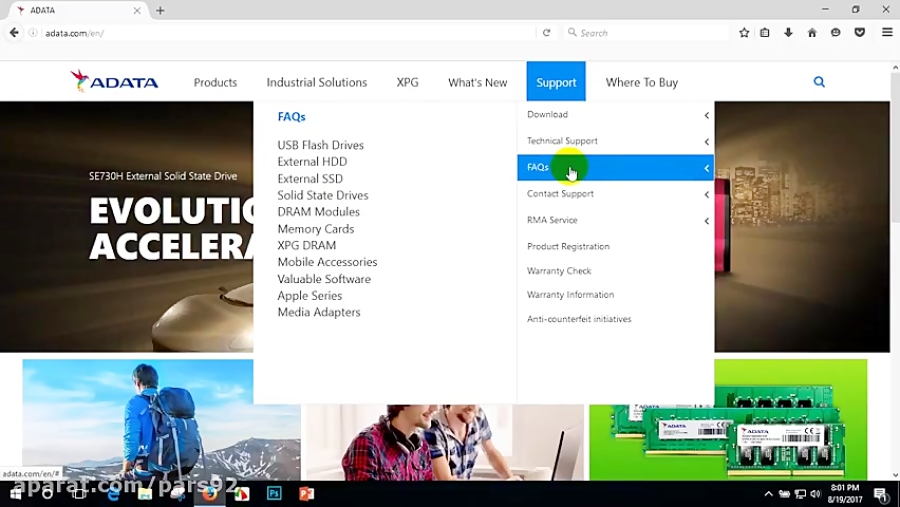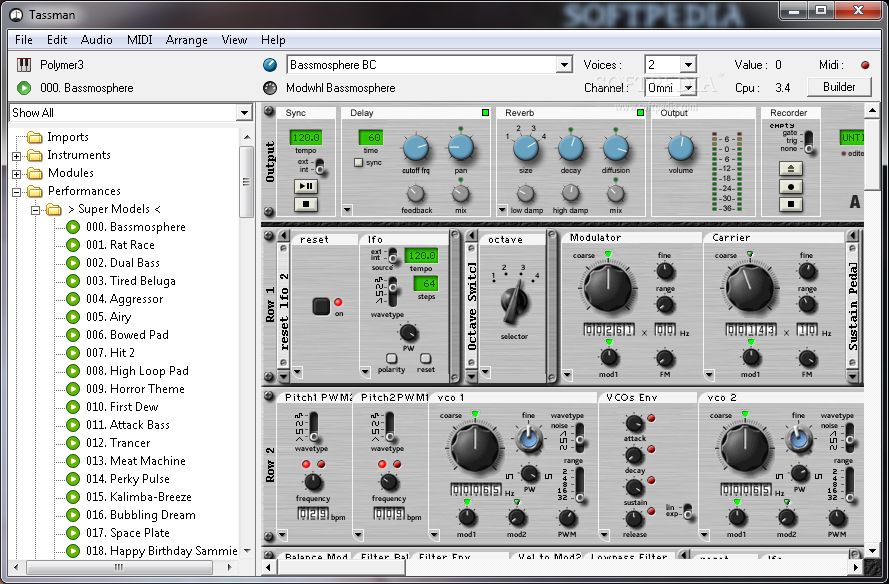

- 5DTORGB FOR WINDOWS HOW TO
- 5DTORGB FOR WINDOWS FULL
- 5DTORGB FOR WINDOWS PRO
- 5DTORGB FOR WINDOWS OFFLINE
It captures a slightly different moment in time than the bottom.Ĭertain types of rolling shutter artifacts, especially ones related to camera motion, can be fixed with plug-ins. You may also see rolling shutter issues caused by the top of the frame. These artifacts are usually static and can be fixed by overlaying nearby pixels that were unaffected. This can also happen to any camera, by the way. This is due to their large sensors and interchangeable lenses. Typically caused by dust on the sensor, dead pixels are more frequent on DSLRs. This is similar to a dust-busting pass on film workflows. There are a number of cleanup processes that can be undertaken to deal with common imaging issues with DSLRs. Screenshot of 5D files converting to Cineform in AME FinishingĪfter exporting an online conform, preferably in 10bit color, there’s one more step that should be added to DSLR workflows. There are other more expensive options for on lining Avid edits, but I am not as familiar with any of them, since Adobe’s Creative Suite satisfies most of our current needs.
5DTORGB FOR WINDOWS OFFLINE
We use 8bit DNxHD36 offline files in our Avid edits, since this is offline, because we aren’t editing at the 5D’s native frame rate, and we use simple EDLs to online in CS4 via file name relinking after the frame rate conversion.

If you are going to use you Avid output as your master, without a separate online conform, using a 10bit editing codec like DNxHD175x will prevent you from losing bit depth during the Rec709 conversion on the initial import transcode.
5DTORGB FOR WINDOWS FULL
Since Canon MOVs have a full 0-255 color range, you have to select the RGB (0-255) color space when importing the files into Avid, in order to maintain the full range of the color space. Most Avid edits of DSLR footage will use DNxHD as their editing codec. While Premiere and FCP are both useful tools that will work well on smaller DSLR-based projects, Avid is the most stable and responsive editing program, for large projects that encompass hundreds of hours of footage spread across thousands of individual clips. For footage shot at 24p on a DSLR, the on-lining process should be relatively straightforward by comparison, and have no unique challenges over 29.97p DSLR workflows. The details of the relinking process for Twixtored footage with Avid edits are fairly complicated, but can be found on my site, (Link to Avid page on my site) for anyone who is interested in going down that path. Plus, it takes a long time to process footage. It works quite well for more footage, but it is extremely render intensive. We use Re:Vision Effects’ Twixtor plug-in to convert our 30p clips to 24p, with true motion compensated frame blending.
5DTORGB FOR WINDOWS PRO
As Shane previously mentioned, the simplest solution requires that you edit in Avid, and online with Twixtor in AE and Premiere Pro CS4. By which I always mean 23.976p – a much more complicated challenge with 5D footage. Intercutting with film on the other hand usually requires editing and finishing in 24p. DNxHD will be the format of choice for Avid, with ProRes for FCP, and a couple other options like Motion-JPEG, MPEG2-IF, or Cineform for Premiere Pro. This choice of formats will probably be dictated by your NLE options. In almost all cases it will be easier and more efficient to convert the footage into an intermediate editing format before editorial. While high bit rate H.264 files preserve a tremendous amount of detail into a relatively small file size, that level of compression makes it difficult to playback the native files in any editing program. This is saved into Quicktime files, encoded with H.264 compression at about 40Mb/s, with 44.1khz audio. In the case of Canon DSLR footage, we have full raster HD footage in YUV 4:2:0 with a full range (0-255) of 8bit color values at a variety of frame rates. The first thing we need to understand about a work flow, is what we are starting with. The tools available have developed during the past year from a relative hack job to a reasonably well-supported workflow. Here at Bandito Brothers, we have handled the post aspect of Shane’s DSLR-based projects since the first Terminiator Webisodes. DSLR Post-Production Workflows with Mike McCarthy
5DTORGB FOR WINDOWS HOW TO
In Part 1, Mike provides crucial details about Canon DSLR workflow, how to backup your footage for best results, and best practices for sorting and logging your footage. If you haven’t done so already, be sure to read Part 1 of DSLR Media Management with Mike McCarthy. Visit HD4PC for even more in-depth technical information on the post-production workflow process.


Then, he discusses frame rates, editorial options, and finishing. In the second part of DSLR Media Management with Mike McCarthy, Mike delves into the file format of the post-production workflow.


 0 kommentar(er)
0 kommentar(er)
